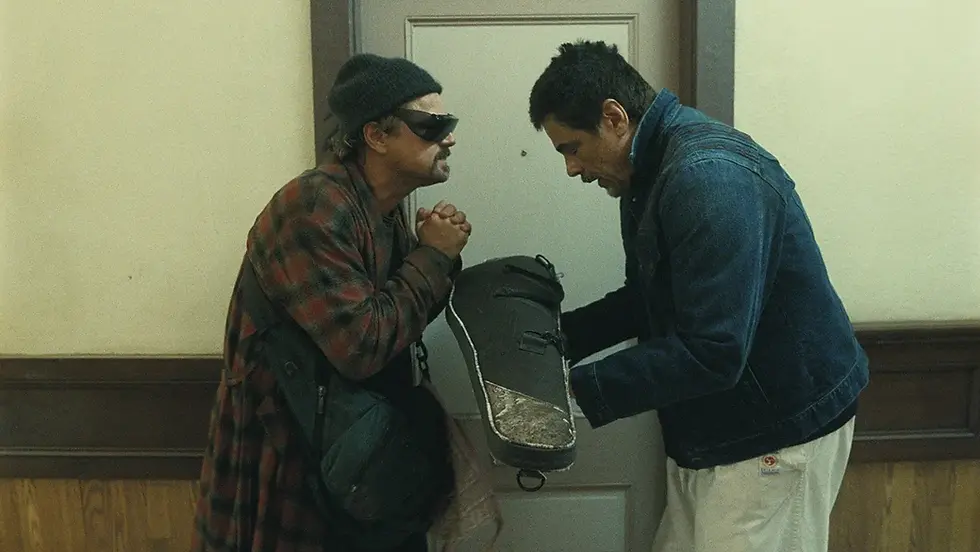Returning to the Void: The Sacred Dawn of Mythic History
- Norland Tellez, PhD

- Dec 19, 2021
- 3 min read
Updated: Jun 6

We now enter the festivals of the Winter Solstice and celebrate the birth of the savior archetype, which in the Catholicism of Latin America is presented with the image of the Niño Dios (God Child), putting a greater emphasis on the miracle of a newborn child as the ultimate Christmas gift. On such moments of reflection, we are called upon to an eternal return to the origins.
What is celebrated with the mythic image of the birth of Christ is the second birth: not the first birth of Adam, but the emergence of a new cultural force through which humanity as a whole may be renewed.
If we turn to the Maya Bible, the Popol Vuh (Book of the Community, Book of the Counsel), we also find at the center of its cosmovision the same archetypal theme of collective self-renewal. In the event of the Winter Solstice, heralded by the image of the Sacred Dawn, the whole of humanity comes to be reborn. Within the Maya cosmovision, this is the momentous experience of the birth of the People of the Corn.
It is at this point that A Skeleton Key to Finnegans Wake meets the Popol Vuh. In both texts, we are driven to the birthplace of humankind out of the mythic womb of history, where Campbell writes as though he was referencing the Popol Vuh :
[Step by step the conditions of the dawn moment are being revealed. The Time aspect has been discussed: it is the moment of the first shaft of light. The Place aspect now comes up for consideration; together with the problem of the gist of it all. The place is this fishy river pool where so many things have happened. Here are the great tree and stone. Here a great life festival might flourish, or just as well, a hermit’s hut might stand.] (342)
This is the place where the eternal return of the Feathered Serpent turns to that time (illo tempore), a time before time, a space outside space—like the shapeless, unimaginable universe before the Big Bang. In the light of the Maya cosmos this placeless place is the Void, the vast watery emptiness of the Womb-Sky. So the Popol Vuh describes the moments before the first act of creation:
This is the account; here it is: Now it still ripples, now it still murmurs, ripples, it still sighs, still hums, and it is empty under the sky. (Tedlock)
The first act of creation, before the One can be born, is thus to prepare the sacred unground of the collective soul . There is no act of creation before opening up the space of the Void. The One is thus the second step of the process of creation, not the first. The emergence of the One is already a Two, a Twoness of the Void and the One.
In the Maya cosmovision, the One is already a Twinship that appears in the image of Tepeu and Gucumatz, the Sovereign Plumed Quetzal Serpent, as the creative logos of the Maya soul. This is an archetypal image that brings together the contrasting attributes of a bird and a snake—one as an air being and the other as a being on earth. At the same time, the One is also a Three making up the Heart of Heaven, Huracán, as we can see on key passages of the Popol Vuh:
Then came the word. Tepeu and Gucumatz [Sovereign Majesty and Quetzal Serpent] came together in the darkness, in the night, and Tepeu and Gucumatz talked together. They talked then, discussing and deliberating; they agreed, they united their words and their thoughts.
Then while they meditated, it became clear to them that when dawn would break, man must appear. Then they planned the creation, and the growth of the trees and the thickets and the birth of life and the creation of man. Thus it was arranged in the darkness and in the night by the Heart of Heaven who is called Huracán.
The first is called [Giant Master Lightning] Caculhá Huracán. The second is [Lightning Splendor] Chipi-Caculhá. The third is Raxa-Caculhá [Trace of Lightning]. And these three are the Heart of Heaven. (trans. Goetz and Morley, Recinos)
The pluralistic aspect of the Maya Logos, Its Root Ancient Word, comes together in both the Heart of Heaven Huracánand the Two Gods who form the Sovereign Plumed Quetzal Serpent, Tepew Gucumatz. The One as both Two and Three.
We can see clearly the strange similarity and the difference between the trinitarian conception of the One in Christianity and that of the Popol Vuh. What other similarities and differences can you sense based on our brief excursion into the Popol Vuh?

%20BB.png)


